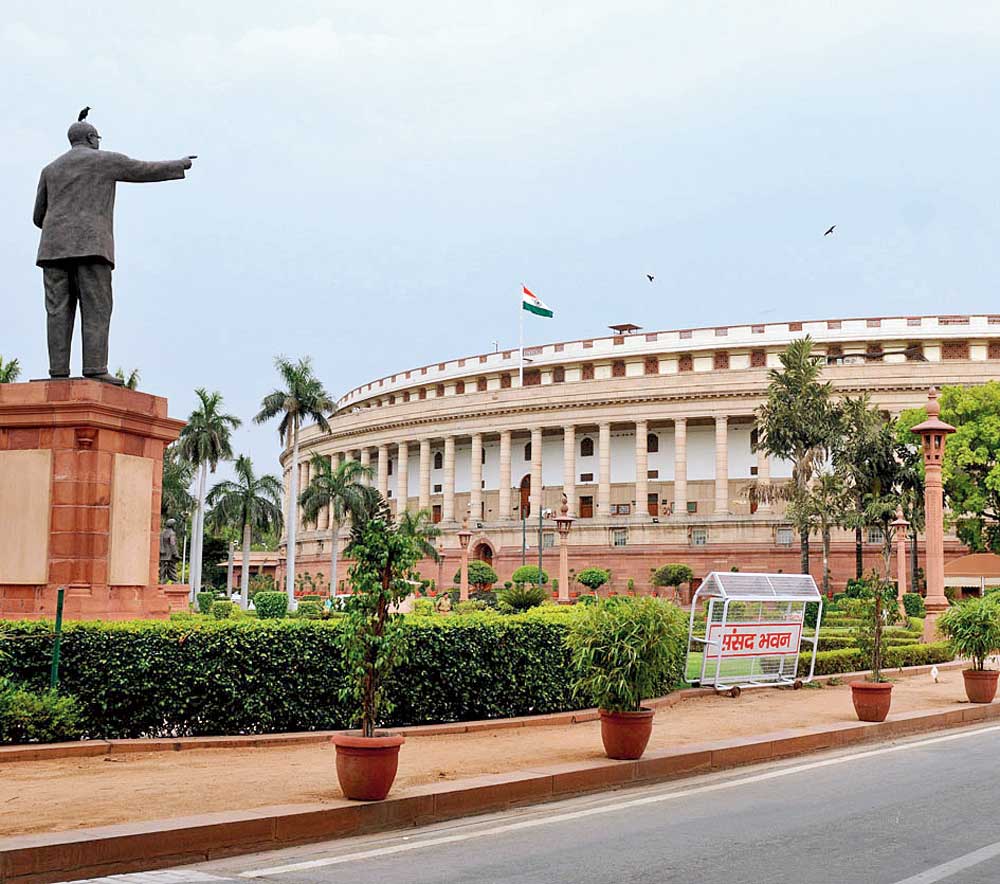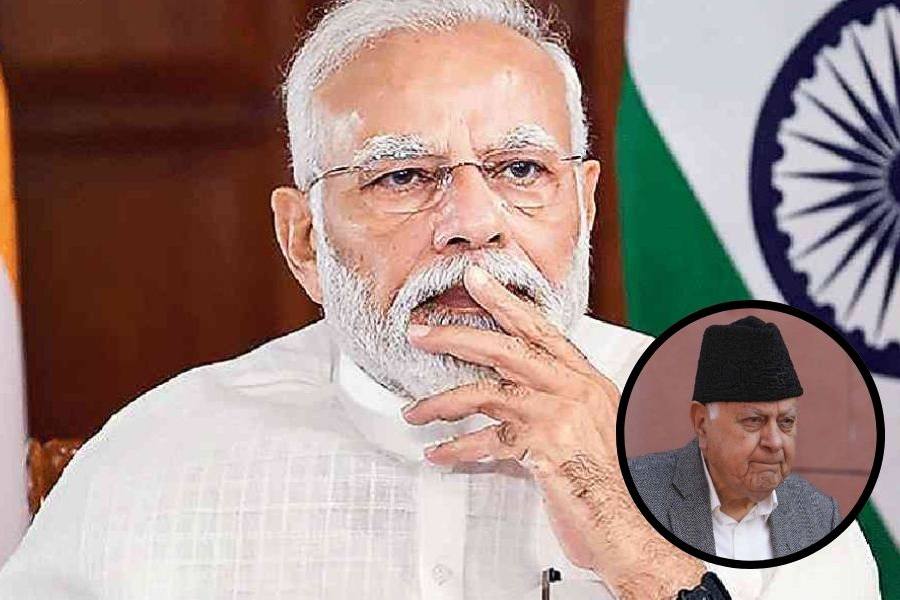The book under review primarily is a historical reading of the institutional configuration envisaged for the governance of minorities in post-colonial India. It underlines the fact that the framework of governance for minorities has a particular law, history, politics, and context to it. Consequently, the book remains rooted in the political contestations that are evoked around and by the term minority. As a result, the term ‘minority’ itself as well as the different markers, such as language, cultural difference and symbols of this appellation, come under discussion.
However, any discussion on the Indian experience should and can only be understood at two different levels: one, how has the Indian State configured its institutions to manage its minorities? And two, how did the political elites define the ideas and principles which were invoked to serve as the basis for the institutional configuration of the post-colonial State? Although this book gives a good historical reading of the institutional configuration for the governance of minorities, a similar reading of its ideational configuration assumes a bleak and almost absent form. For example, the Constituent Assembly debates have been given a complete miss. Events and developments have been discussed without going into their intersection with the right of the minorities to live as minority identities. A more precise example: the authors simply argue that India has a history of naming places after prominent people from minority communities. But what is more important is the recognition of the symbolism involved in such a process and a discussion of how and why that symbolism is important in the recognition of minorities. This has not been given even a passing reference.
A non-factual reading of Indian democracy would say that the majority did not see itself as the historical bearer of the ethos, norms, and the grammar of life while inaugurating the new constitutional republic. This book does the same. A closer look at the Constituent Assembly debates reveals that when Indian post-colonial State was being carved out in secular imagery, it was a conscious decision by the political elites to commit to secularism. Not because not committing to secularism would be a form of disrespect to the societal composition. India consciously became a secular democratic State because it represented a non-vestigial modern imagery that the political elites wanted to mould the new State and society in. However, plurality for the most part forced the political elites to push concepts and principles of governance to such limits that socio-cultural differences were recognized, which otherwise and in other cases often went unrecognized. So, the commitment to plurality is governed by the foundational basis of modernity, not social reality.

Democratic Accommodations: Minorities in Contemporary India by Peter Ronald deSouza, Hilal Ahmed and Mohd. Sanjeer Alam, Bloomsbury, Rs 1,299 Amazon
Now, here’s the circular logic. If modernity is what defines the State’s commitment to social justice or secularism, then that commitment is defined by the State’s own will that can vary and has varied across time and space. That’s why the Indian State continues to determine its welfare policies within the non-preference non-discrimination framework even when Muslims continue to lag behind. What else justifies this continuous determination of policies within that framework? Policy makers and scholars argue that welfare policies for a particular religious minority lie in contradiction with the principle of secularism. But is the contradiction so profound that it cannot be reconciled? It’s neither irreconcilable nor permanent. Moreover, if citizenship can be conferred on the basis of religion, why not welfare policies? What makes welfare policy on the basis of religion a bigger contradiction than citizenship on the basis of religion? Nothing, they both stand in contradiction with the secularity of the State — similarly and equally. So, there is no commitment to secularism or social justice either. Let’s call that sympathy.
The authors say that the Supreme Court in Indra Sawhney etc. versus Union of India and Others, etc identified a religious minority as a legitimate category for the determination of targeted welfare policies. However, what the Supreme Court actually argued was that backward class cuts across all religious communities and can be found only with a principle that can be universally applied across all the communities. The authors again misinterpret this assertion as a validation of religious community as a legitimate category of identification as backward by the Supreme Court. How is this possible?
So, a framework that is committed neither to social justice nor to secularism simply remains a reflection of what the authors in the book call “enlightened benevolence”. Commitment has no limits. India’s commitment to social justice and secularism has both limits and limitations. The authors fail to comprehend that India falls into the same trap of enlightened benevolence that they caution other States about while replicating the Indian framework.










